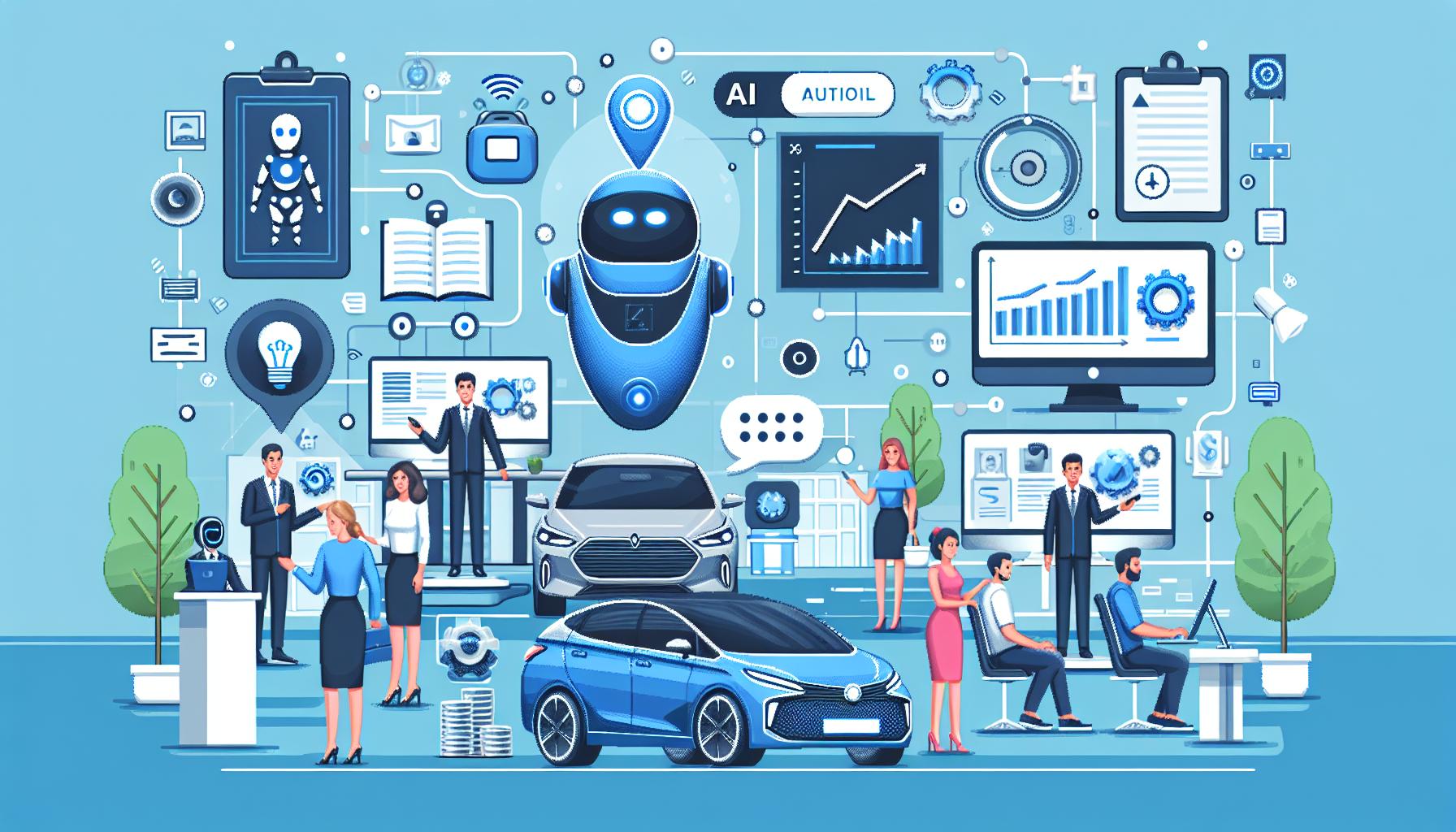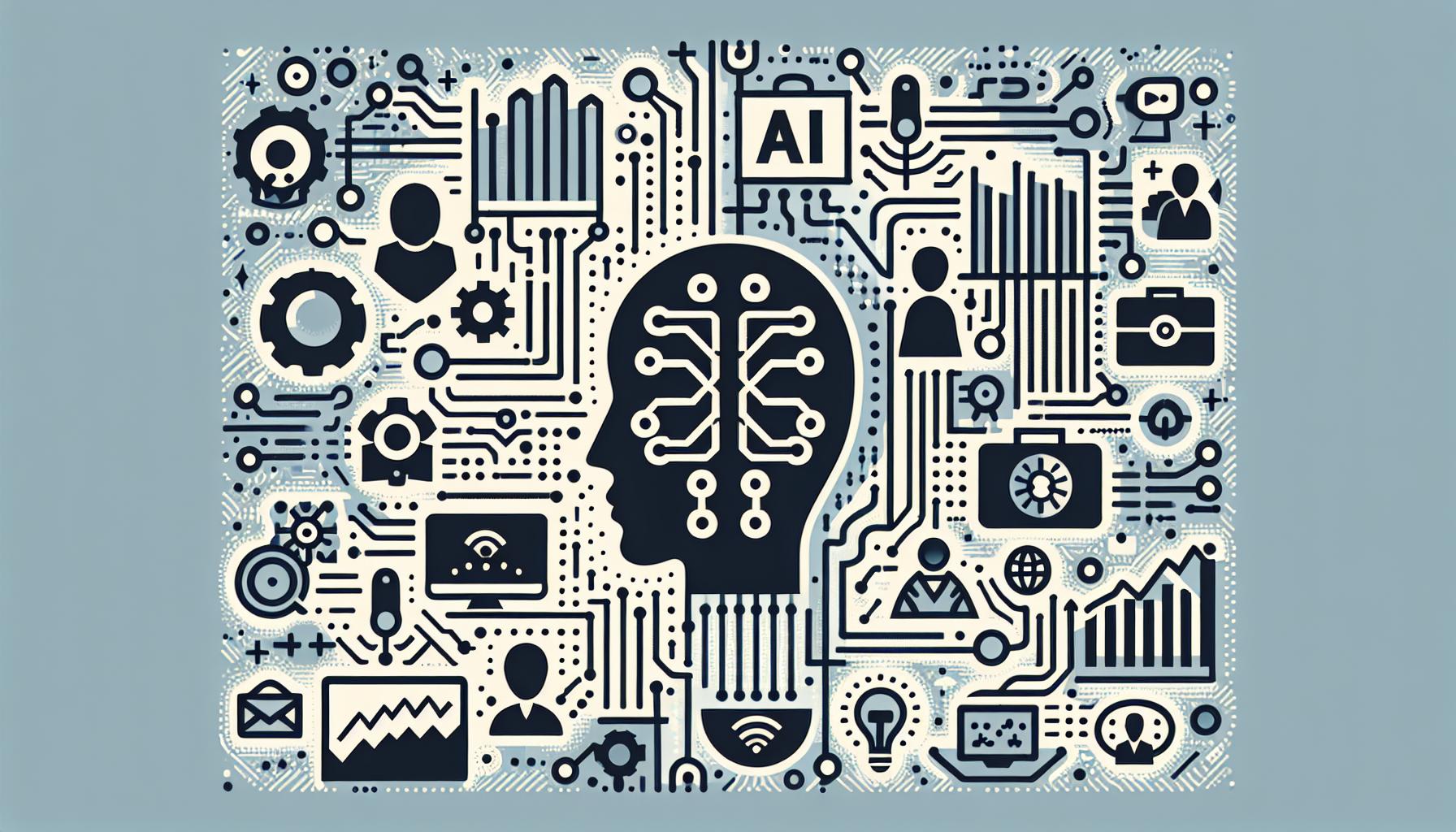Navigating the Digital Divide: Personal vs Business AI Assistants
Introduction
As Artificial Intelligence progresses, the application divergence between personal and business A.I. assistants becomes more evident. This blog delves into their differences, focusing on the architecture, communication, and integration aspects that uniquely define their functionalities in varied environments.
Personal A.I. Assistants: A Closer Look
Personal A.I. assistants are crafted with a focus on individual user experience. They integrate with personal environments such as workspaces, calendars, and emails. The main objective is enhancing individual productivity by managing daily tasks, reminders, and personal communications. Their design supports one-on-one interactions, primarily through apps or chat interfaces, ensuring privacy and a high degree of personalization.
Business A.I. Assistants: A Broader Perspective
Conversely, business A.I. assistants, or agents, cater to the needs of multiple users within an organizational setting. They are engineered to handle complex, multi-user interactions across diverse platforms such as email, SMS, and live chats. These agents boost operational efficiency by supporting various business functions including customer service, sales qualification, and workflow management. The architecture of business A.I. assistants must be robust and scalable, capable of being integrated into various business ecosystems and custom applications tailored for specific domains or use cases.
Architectural Differences and Needs
The core engine may be the same, but personal and business A.I. assistants differ vastly in their architectural needs. Personal assistants require deep integration with user-specific data, allowing for tailored experiences. Business assistants, however, must connect with broader organizational systems and manage higher volumes of data and interactions, necessitating a more complex security and integration architecture. These variations influence their respective efficiencies and adaptabilities in personal versus business settings.
Real-World Applications and Impact
Incorporating real-world examples, such as a personal A.I. assistant that manages an executive's schedule and a business A.I. designed for customer relationship management in a large corporation, exhibits their practical applications and benefits. These instances help in understanding how both types of A.I. assistants optimize tasks suited to their environments.
Strategic Deployment and Future Trends
The long-term success of business A.I. agents hinges on selecting the right platforms that support scalability and integration with existing systems. Businesses must consider how the evolving capabilities of LLMs will enhance A.I. assistant functions in handling industry-specific needs. Future trends may see an even greater blending of A.I. efficiency in personal and business domains, driven by advances in A.I. technology and strategic platform enhancements.
Conclusion
While the underlying technology may be similar, personal and business A.I. assistants serve fundamentally unique roles tailored to the specific demands of individual users versus businesses. Recognizing these differences and planning accordingly will define the success of A.I. integration in various settings.
Call to Action
For businesses and individuals looking to leverage A.I. technology, understanding the distinct functionalities and strategic implementations of A.I. assistants will be crucial. Selecting appropriate A.I. solutions based on specific needs and environments will optimize both personal and professional productivity.



